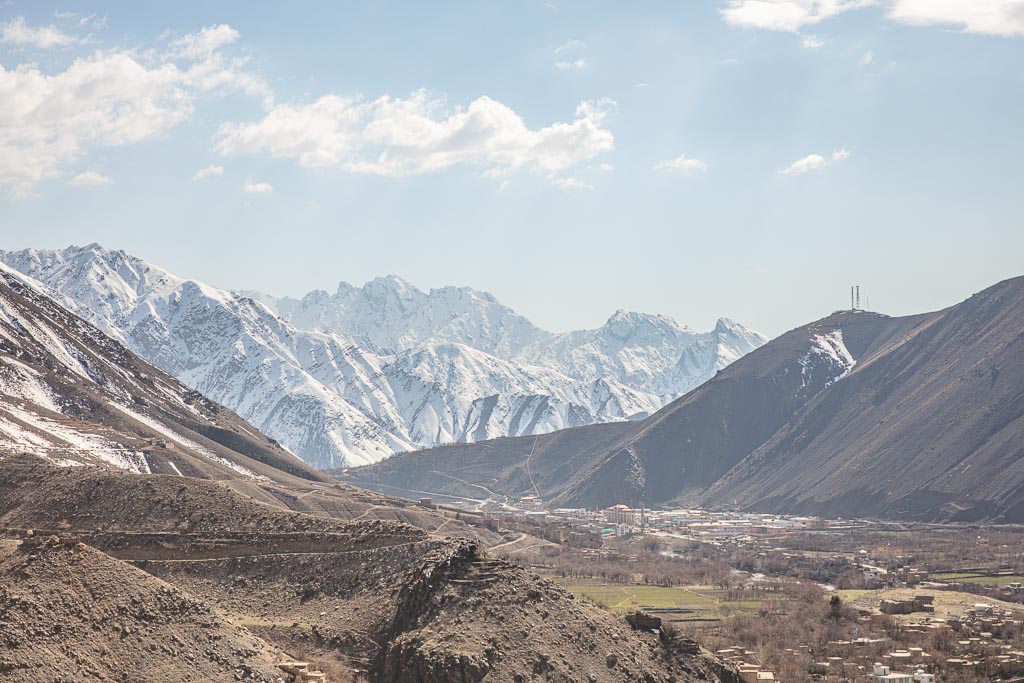
Visiting The Beautiful Panjshir Valley, Afghanistan
Updated February 2024, Visiting The Beautiful Panjshir Valley, Afghanistan was originally published in August 2020
A newer province of Afghanistan, Panjshir Province was split off of Parwan Province in 2004. With jagged snowcapped peaks forming its boundaries, the Tajik stronghold of Panjshir Valley has remained one of Afghanistan’s most inaccessible regions. The valley, whose name translates out to ‘Five Lions’ in Tajik and Dari is home to over 100,000 people, most of which being of Tajik ethnicity.
The Panjshir Valley served as a base for the Northern Alliance, led by the ethnically Tajik Mujaheddin Ahmad Shah Massoud, who led the resistance against the Soviet invasions of the 1980s and later the Taliban. Despite Massoud’s assassination in 2001, his legacy still lives on throughout Afghanistan and particularly in the Panjshir Valley.
Need Travel Insurance and Evacuation Services for Afghanistan?
Start shopping for travel insurance plans over at IATI Insurance. Readers of the Adventures of Nicole get a 5% discount off your plan.
The Adventures of Nicole partners with Global Rescue to offer the world’s leading medical evacuation and security advisory services. To travel with peace of mind, shop evacuation coverage at Global Rescue.
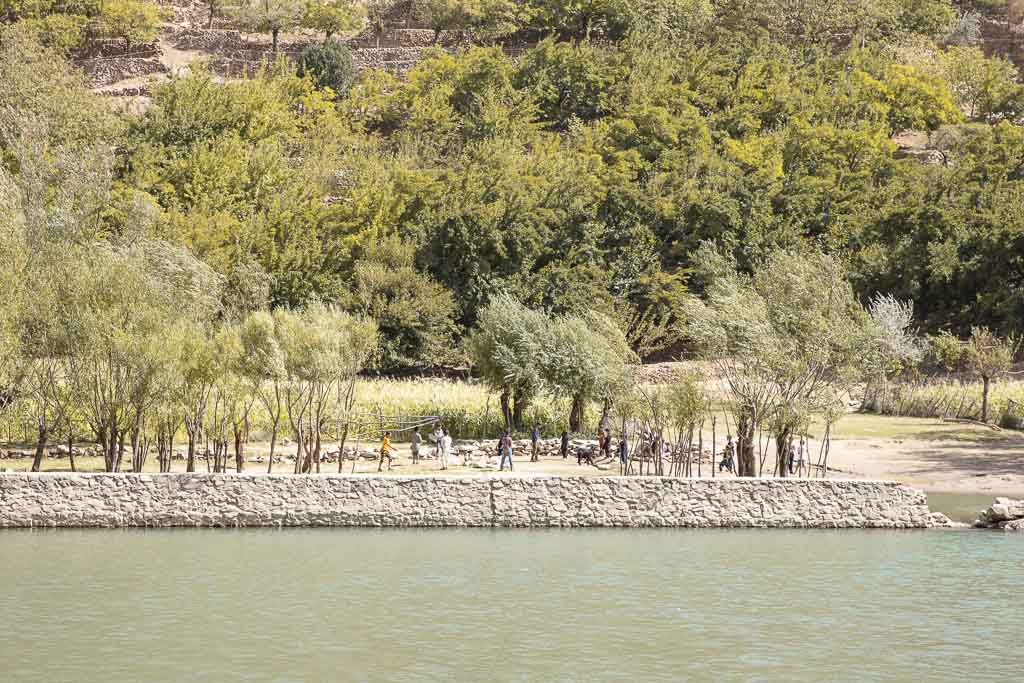
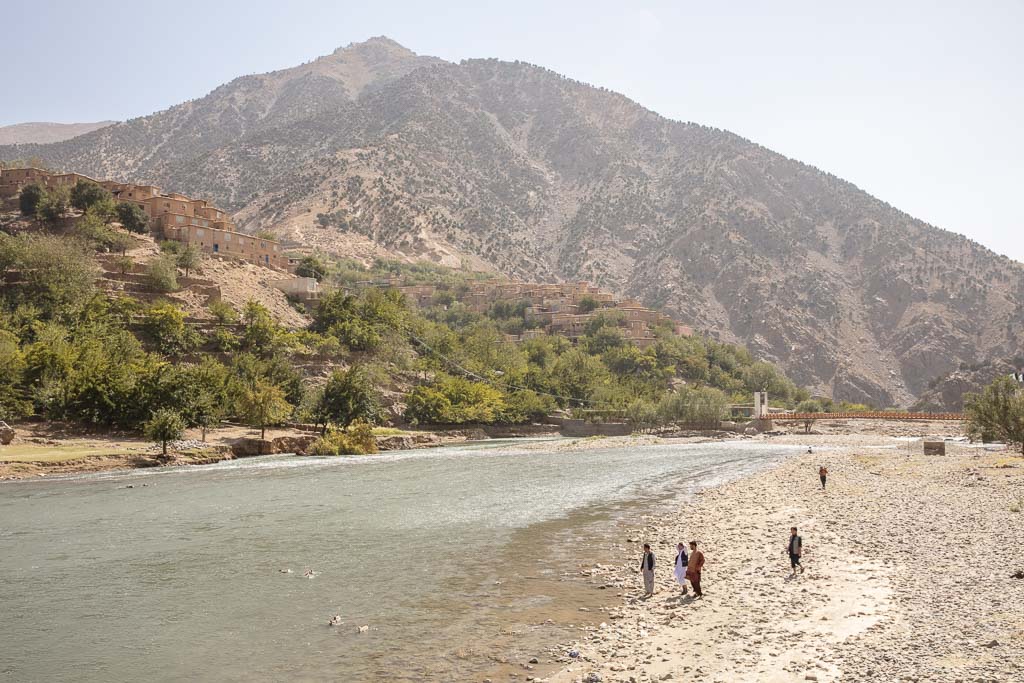
To be completely honest, if you had blindfolded me before my arrival at Kabul International Airport and drove me straight to the Panjshir and unveiled my eyes, I’d have sworn you’d have dropped me off in Tajikistan. From the arid craggy peaks to the green terraces, down to the turquoise Panjshir River hurtling down the valley with riverside chaikhanas hanging over its shores, the likeness to many parts of Tajikistan’s Fann Mountains and the West-Central Pamir region are undebatable.
The Panjshir has remained a nearly impenetrable gem in Central Afghanistan over the years. While Alexander the Great’s and later Amir Timur’s Armies were able to access the Panjshir Valley by way of the Khawak Pass from Afghanistan’s northern plains and from Anjoman Pass that connects Panjshir to the Badakshan Province, few since had been able to gain access to the highly guarded valley. The later attempts by the British, the Soviets, and the Taliban failed to fully infiltrate.
Start planning here: The Afghanistan Travel Guide
What To See In The Panjshir Valley
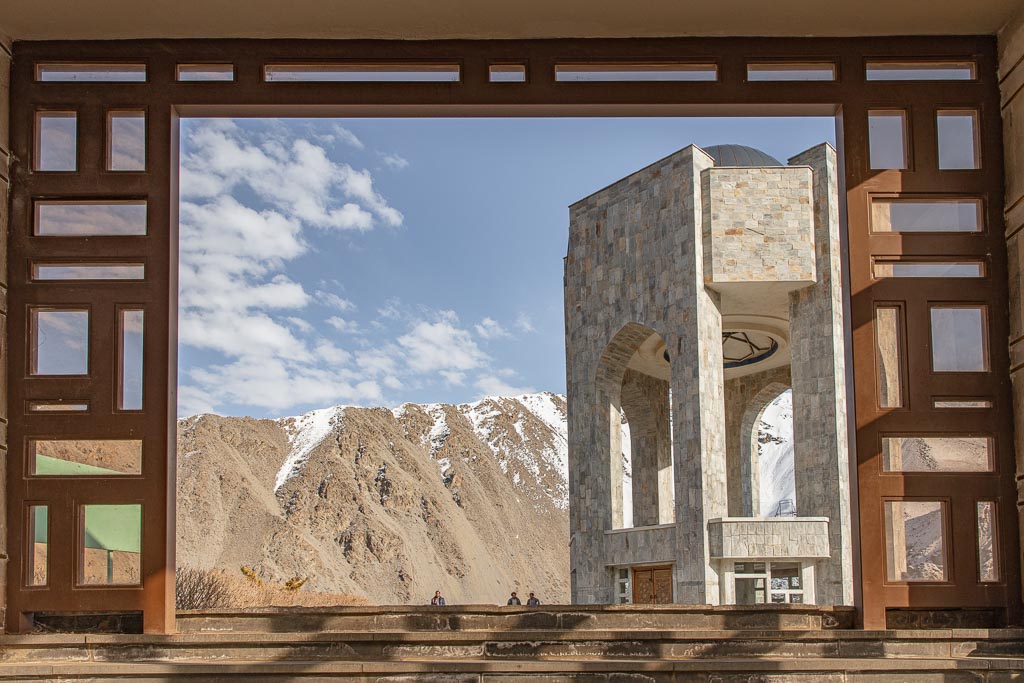
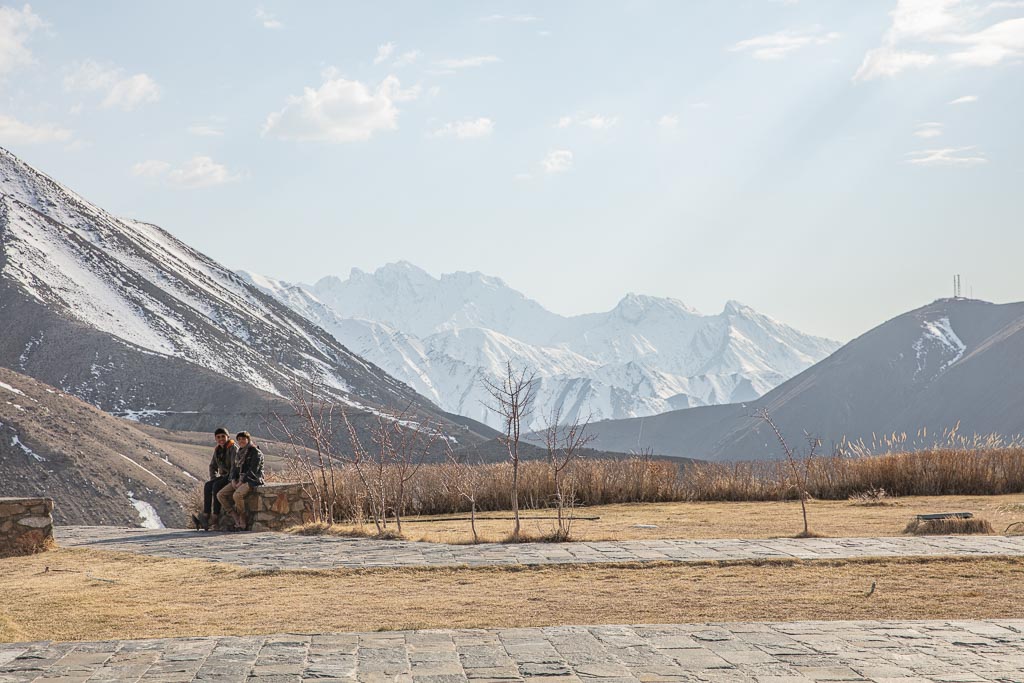
Tapa e Saricha Park
Tapa e Saricha Park houses Massoud’s Mausoleum, office, and mosques, as well as some destroyed old tanks. From the park’s elevated location in the middle of Panjshir Valley, you’ll have spectacular views to the southwest of the valley and to the northeast.
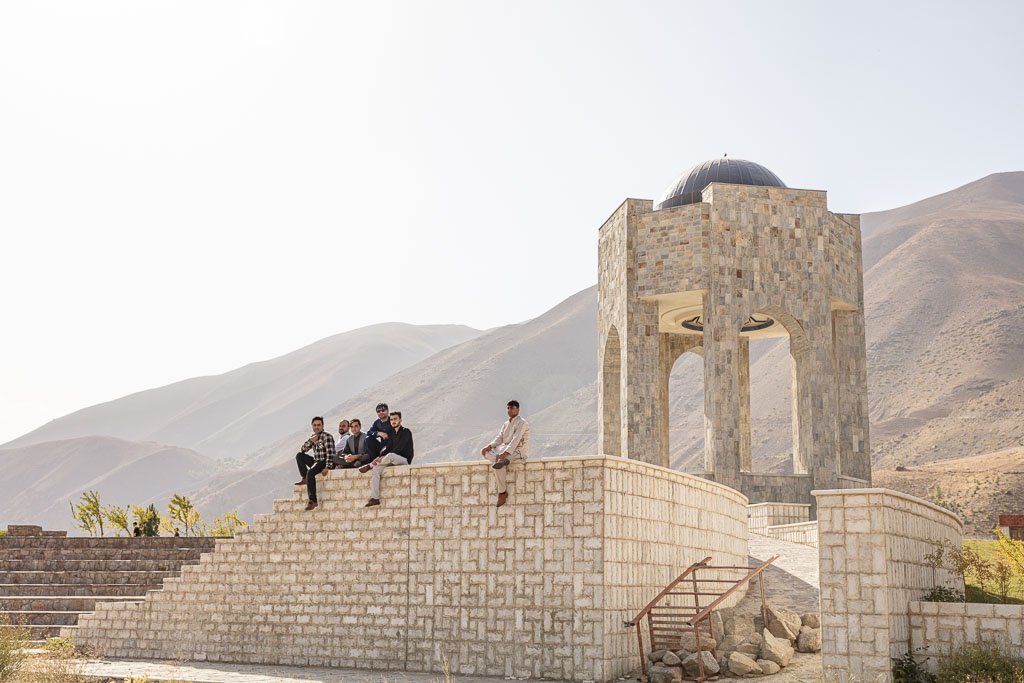
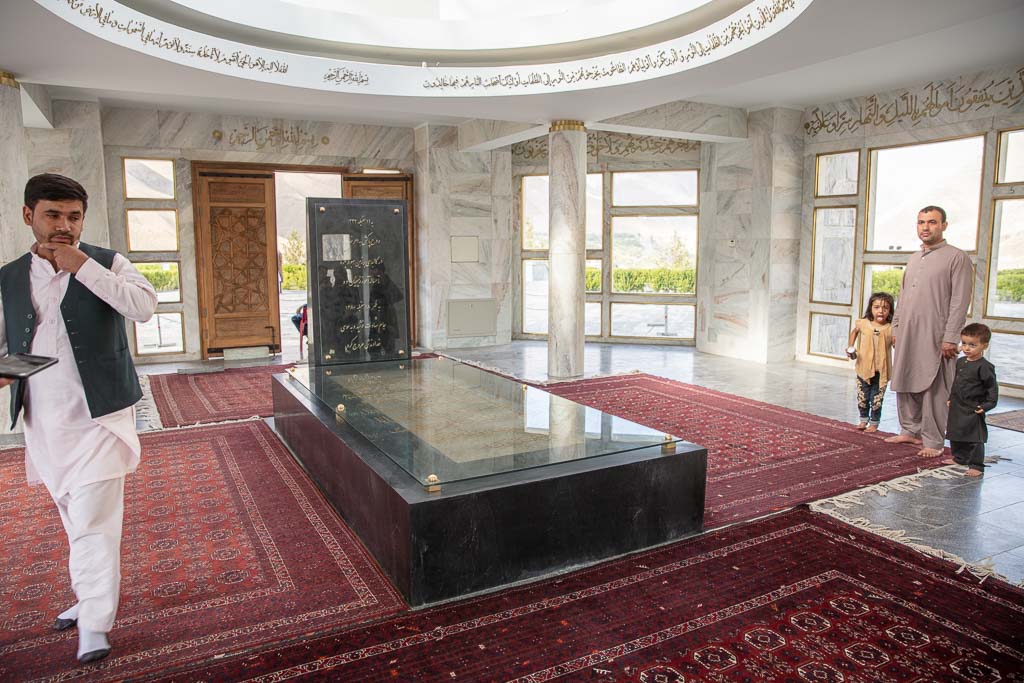
The Mausoleum Of Ahmed Shah Massoud
The geometric Tomb of Massoud is the pinnacle of Tapa e Saricha Park, rising high toward the sky. The mausoleum is beautifully decorated and the man who guards it is very knowledgeable of the area (if you visit twice as I have he’ll likely even remember you).
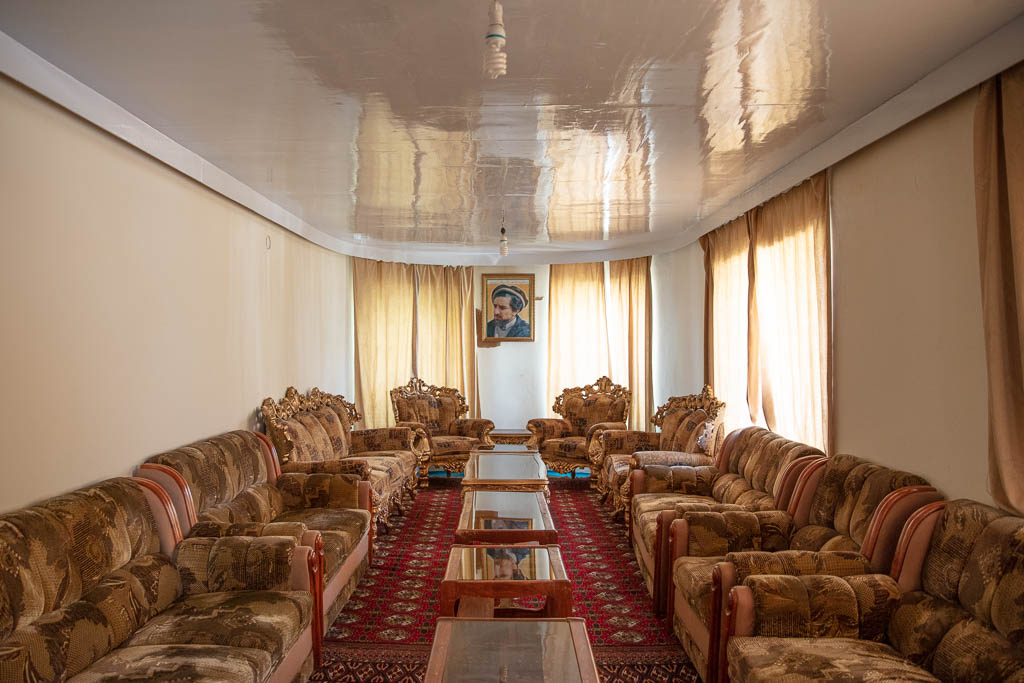
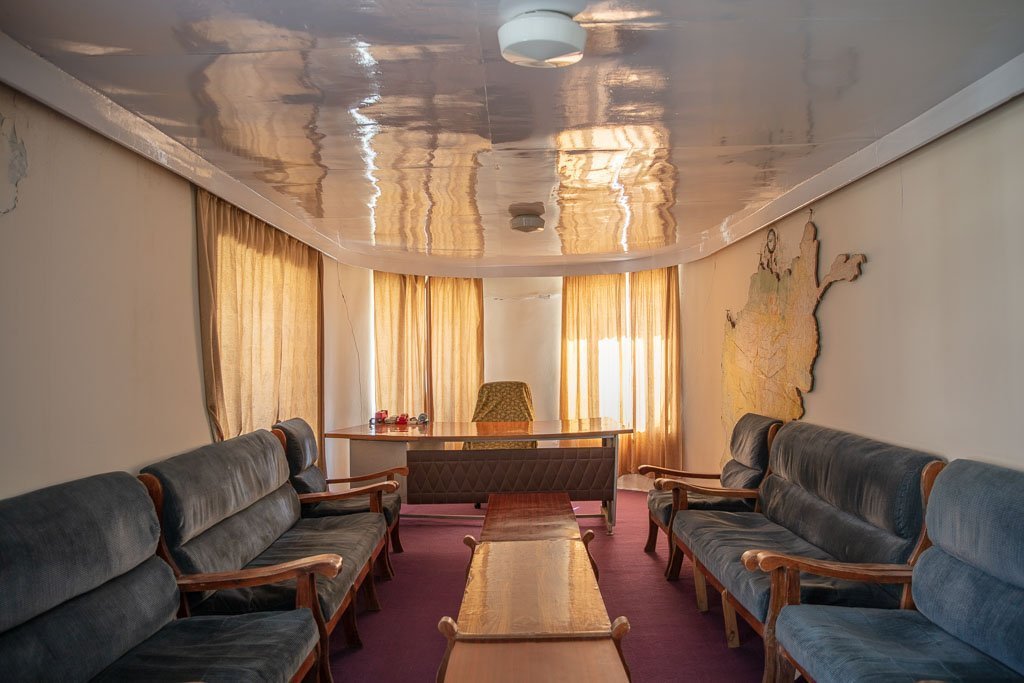
The Massoud Office & Mosque
Just a short walk away across Tapa e Saricha Park is a mosque and the office of Massoud.
You’ll need to find the man with the keys to let you in and escort you into Massoud’s office. Here you can see several of the items used by him and Northern Alliance. The office was largely left as-is after the assassination of Massoud up in Takhar Province on September 9, 2001.
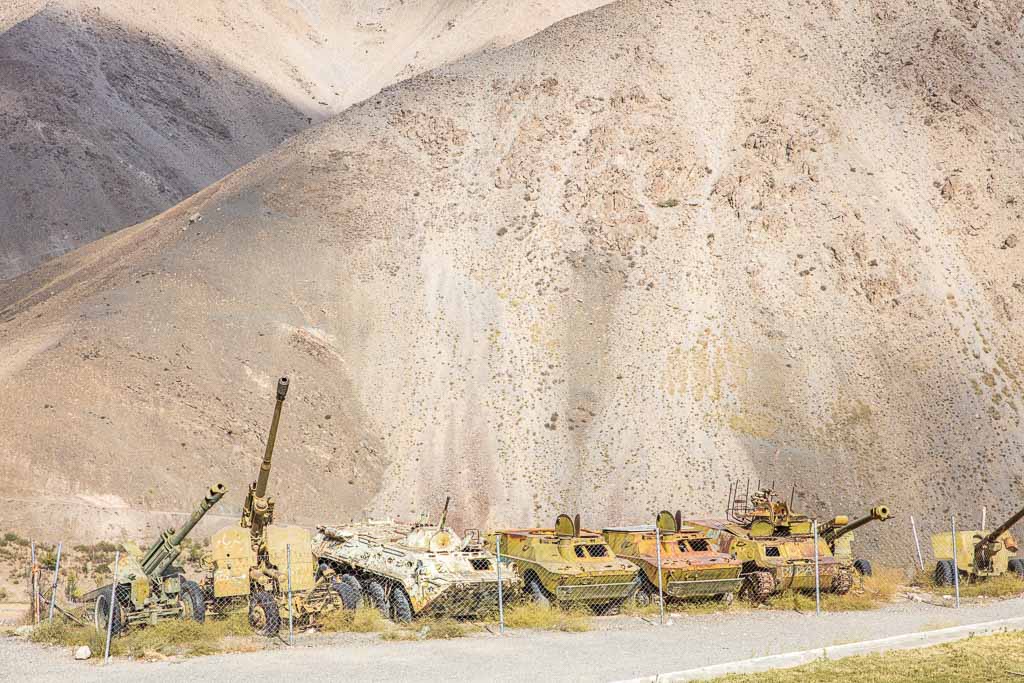
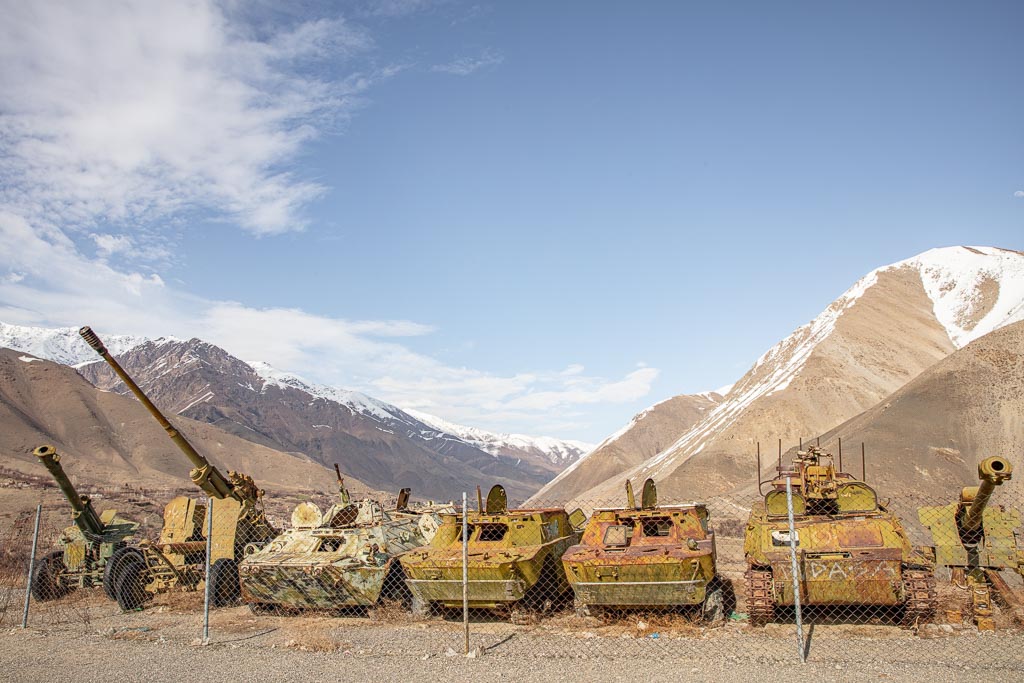
See The Old Tanks
Just down the hill, a short distance from the Mausoleum of Massoud are several old broke-down tanks.
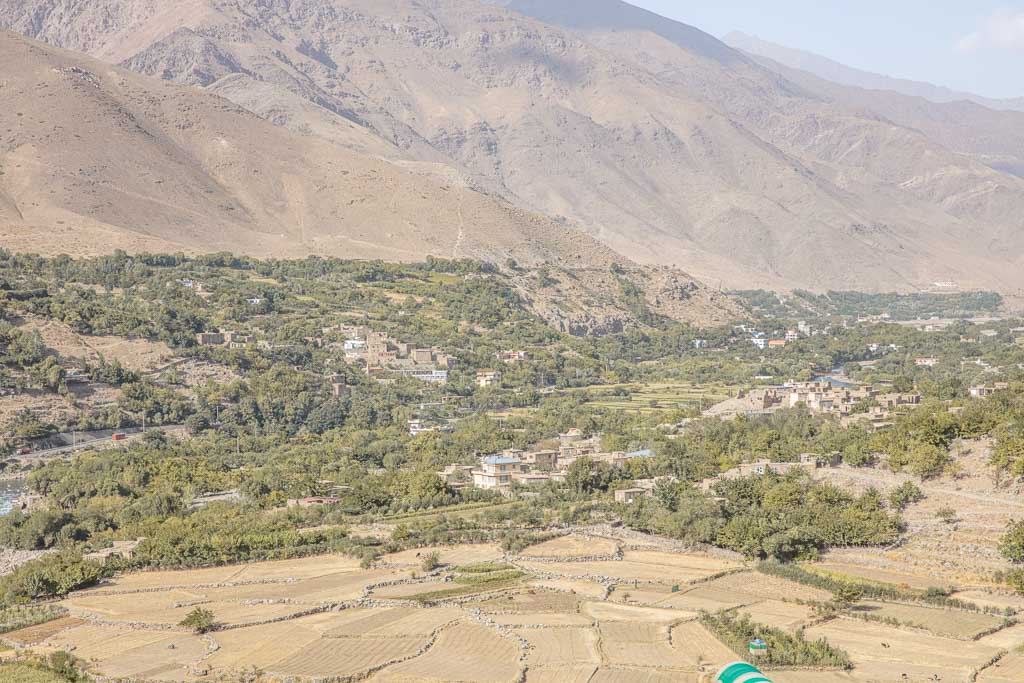
Visit Panjshir’s Largest City Of Bazarak
Bazarak was the birthplace of Ahmad Shah Massoud and encompasses the villages of Jangalak, Khanez, Malaspa, Parandeh, and Rahmankhel, and serves as the provincial capital of the Panjshir Province.
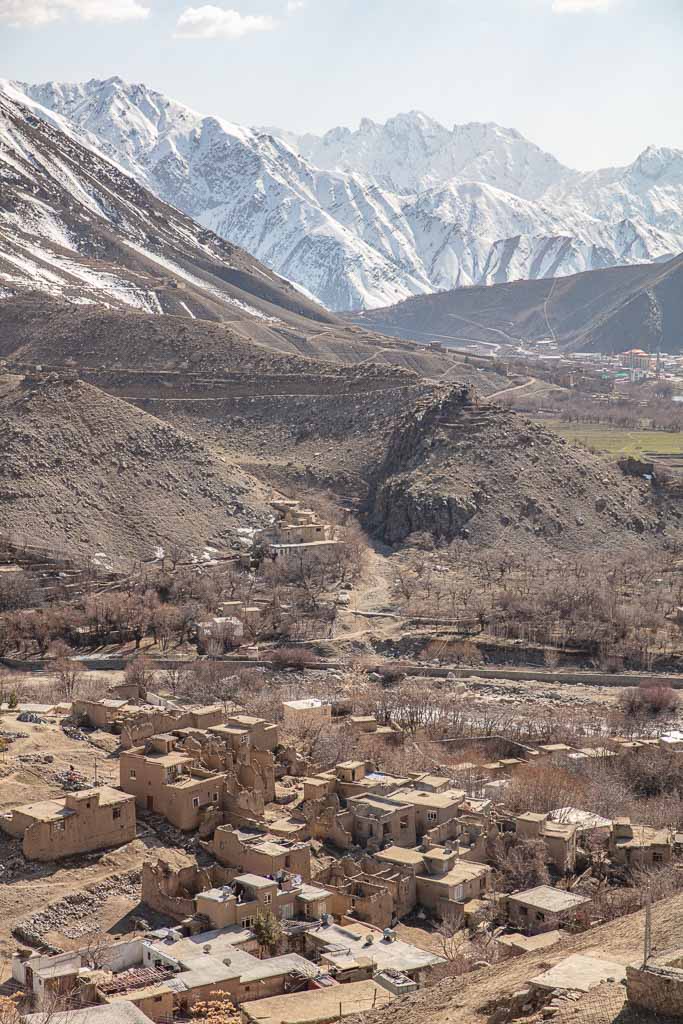
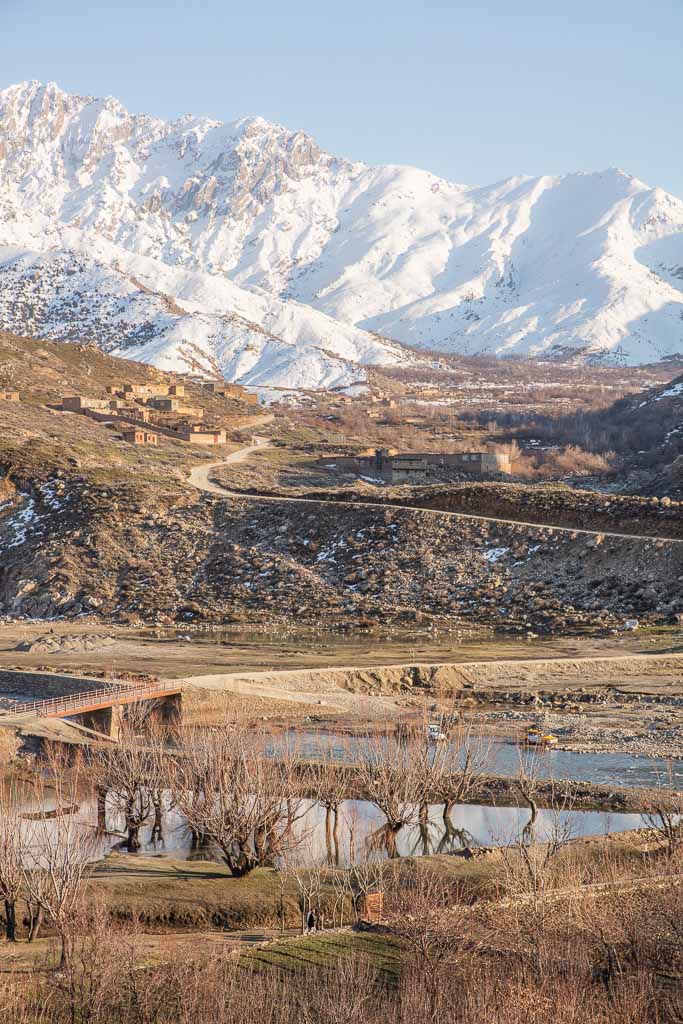
Go Trekking & Get Some Clean Mountain Air
If you’ve spent much time in the chaos and pollution of Kabul, then Panjshir will be a sweet release being able to breathe air without the overwhelming exhaust fumes. It is possible to trek in areas of Panjshir Province, but you will need to employ the help of a knowledgeable local guide. While Panjshir Province is one of the safer areas of Afghanistan, there’s still a potential for danger.
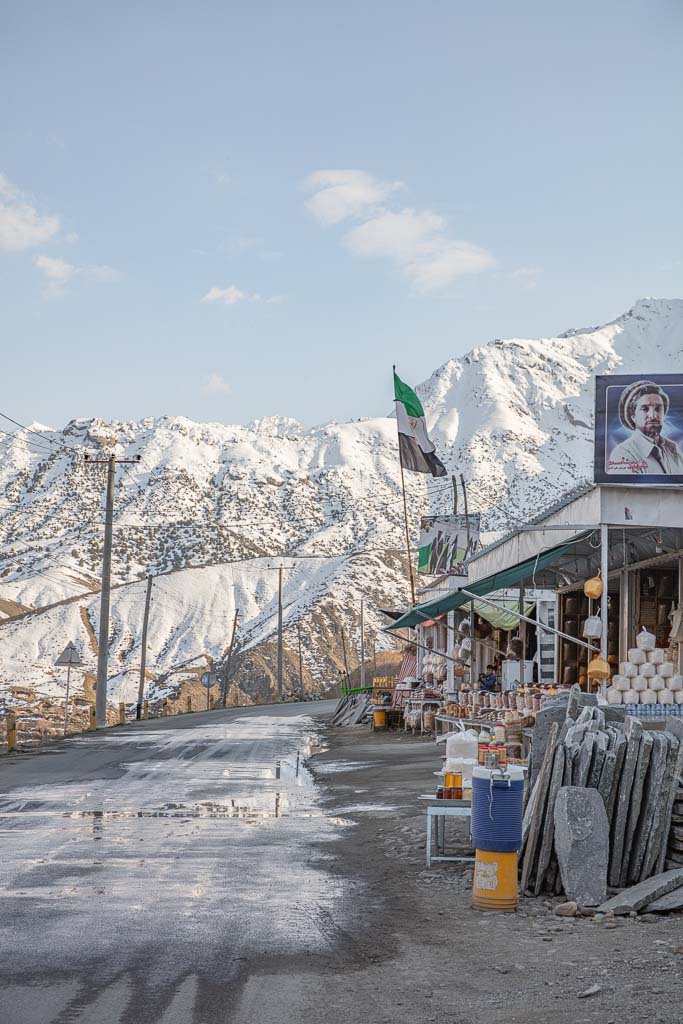
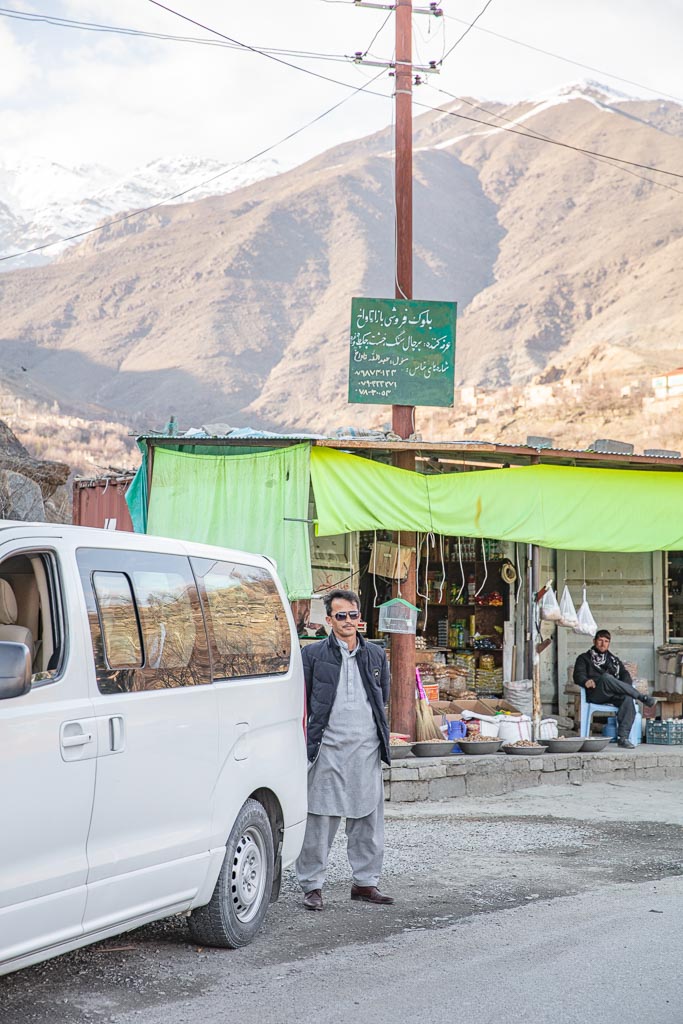
How To Get To The Panjshir Valley
From Kabul, you can hire a taxi for about $45 USD for a day trip up to the Panjshir Valley. The valley is accessed by the main Kabul-Mazar e Sharif Road from the frenetic traffic of Kabul.
Eventually, the road passes north through a part of Parwin Province where at the town of Jabal Saraj about 10 kilometers beyond the town of Charikar you’ll take a turn to the northeast leaving the main Kabul-Mazar e Sharif Road. The road will bend north, then northeast into the Panjshir Province.
Near the beginning of the province, you’ll have to pass through a police checkpoint where your passports, visas, and documents will be searched. Beyond this point the drive is spectacular, winding the course of the Panjshir River as it carves its way down the narrow valley. Just beyond the valley will open up a little where you’ll find a great chaikhana with a balcony hanging over the river with stunning views to a terraced village tumbling down the other side of the valley.
As you continue toward Bazarak the views remain breathtaking, dotted with beautiful stone-home villages.
Have any questions about visiting Panjshir Valley?
Ask in the comments section below.
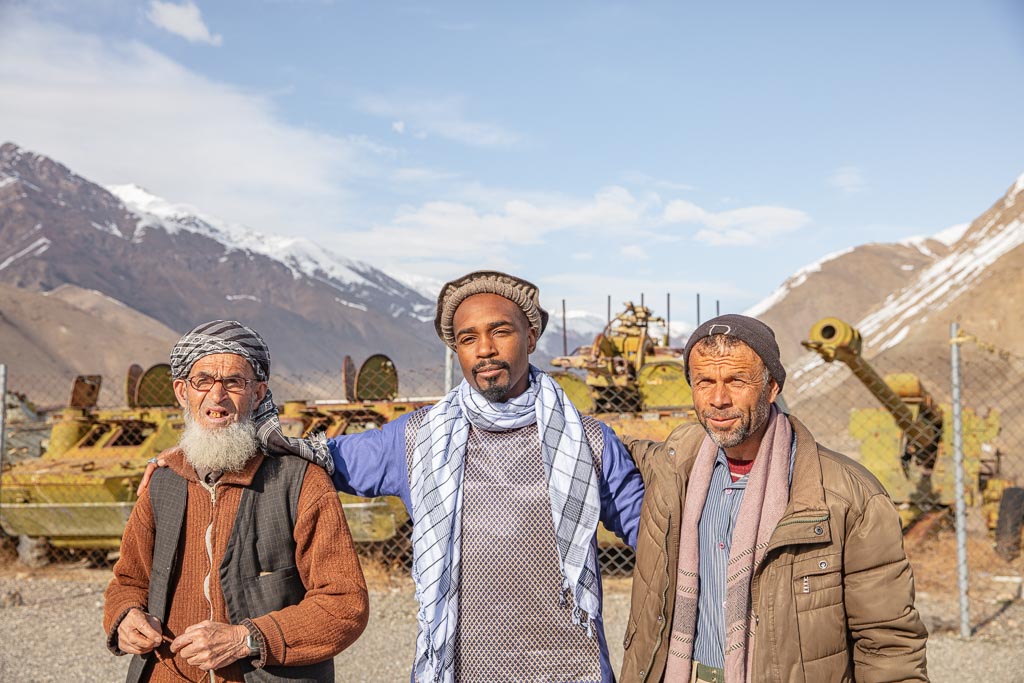
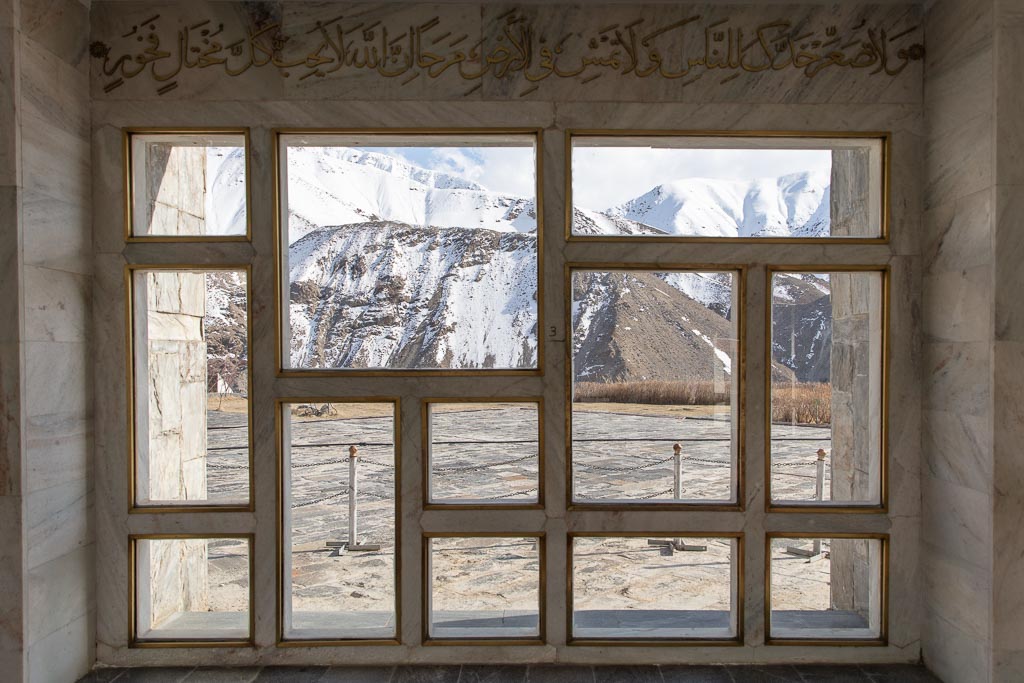

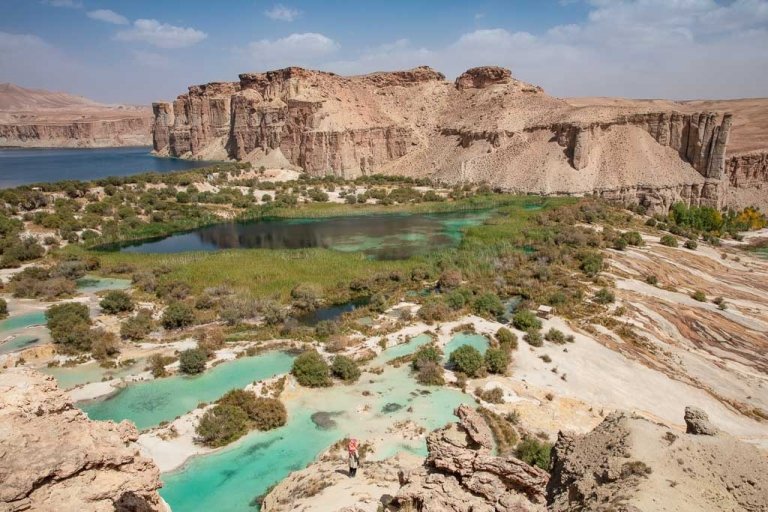
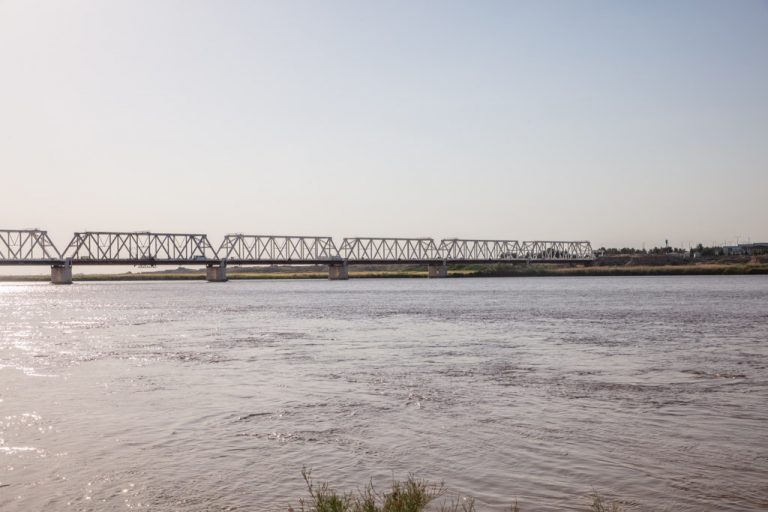
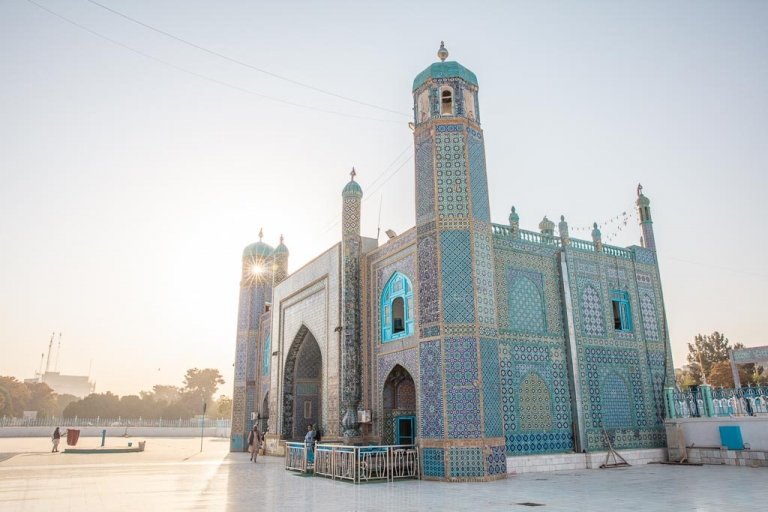
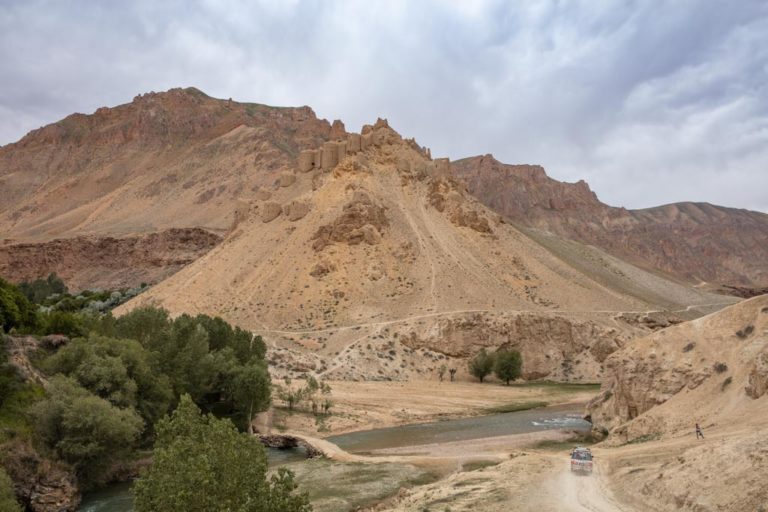
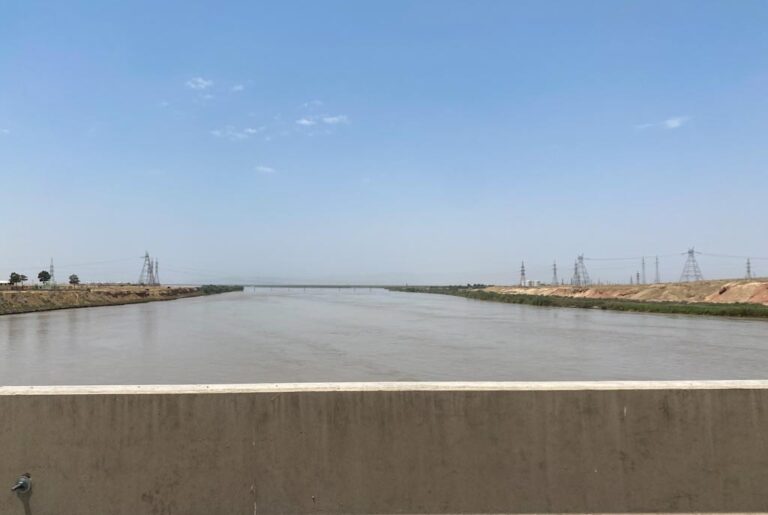
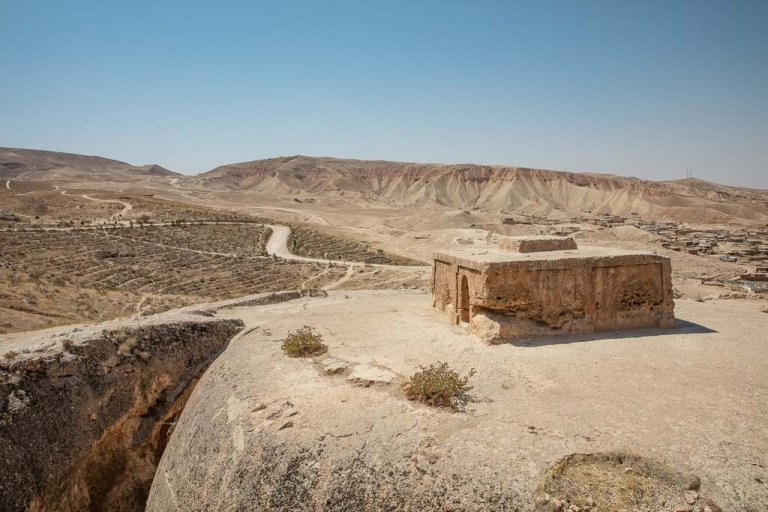
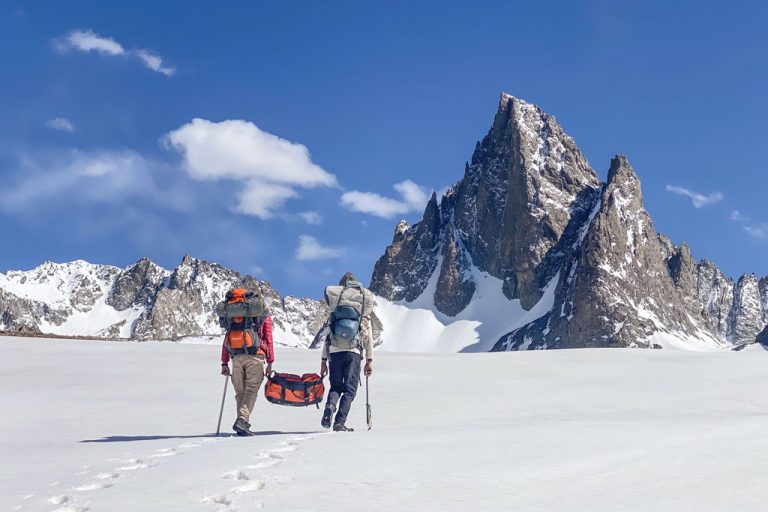
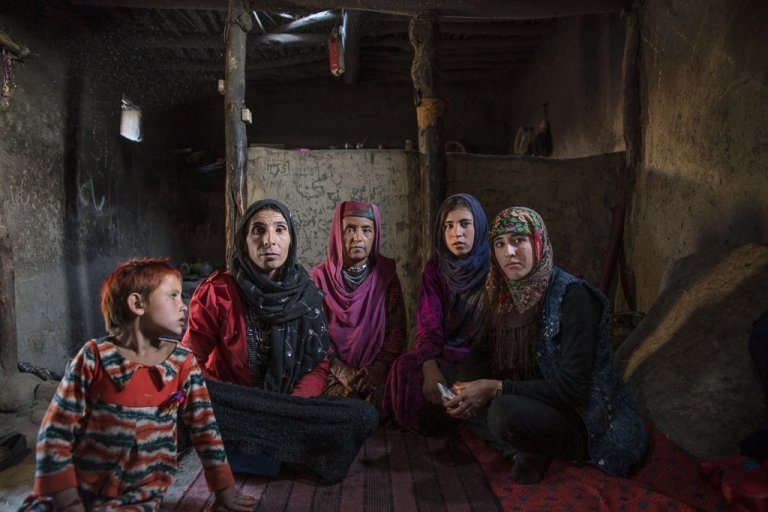
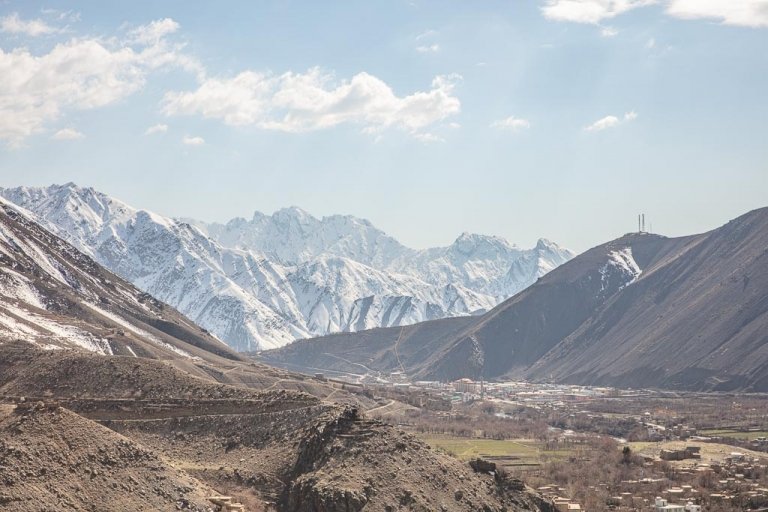
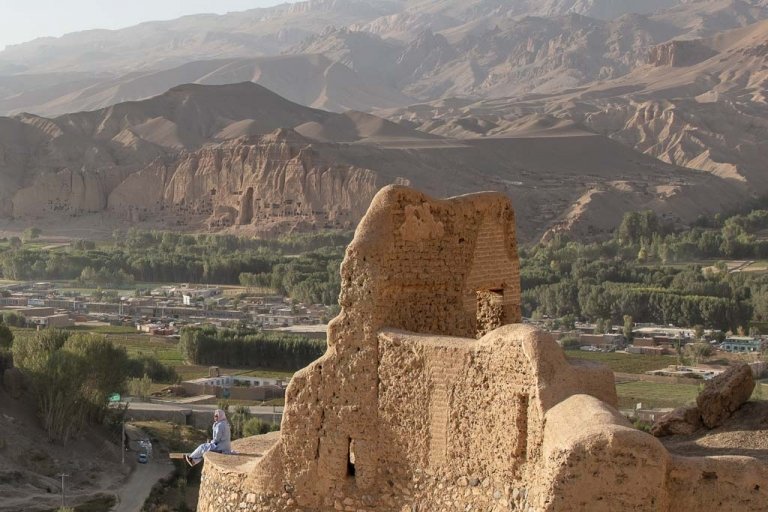

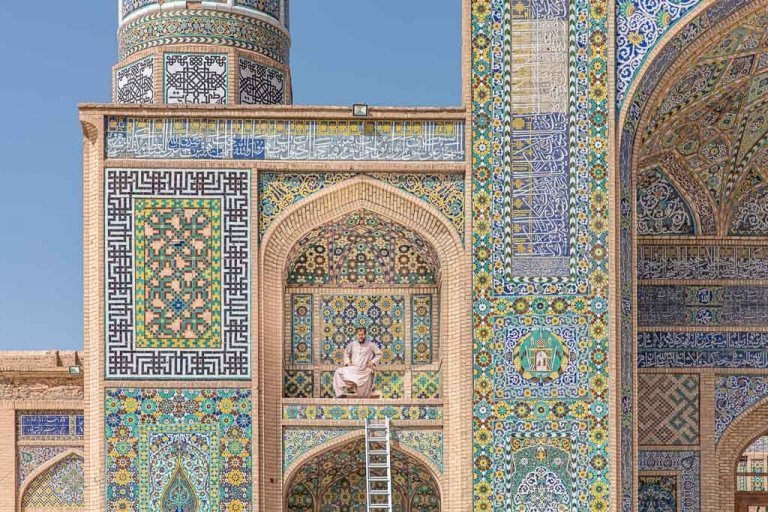
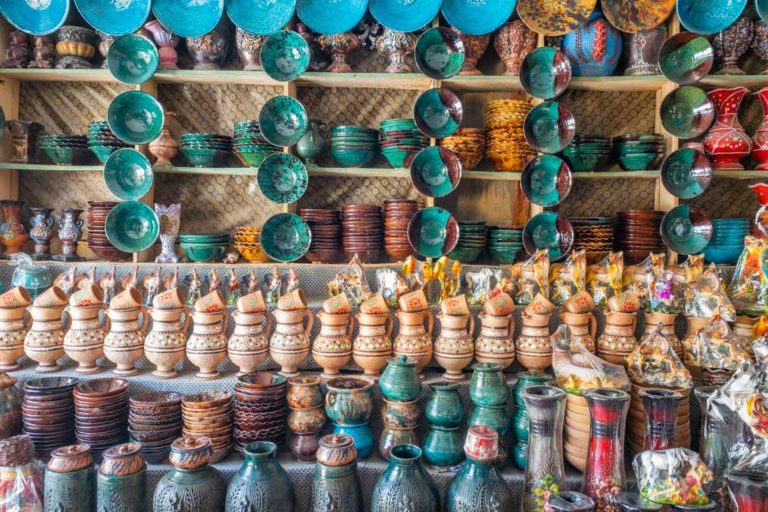
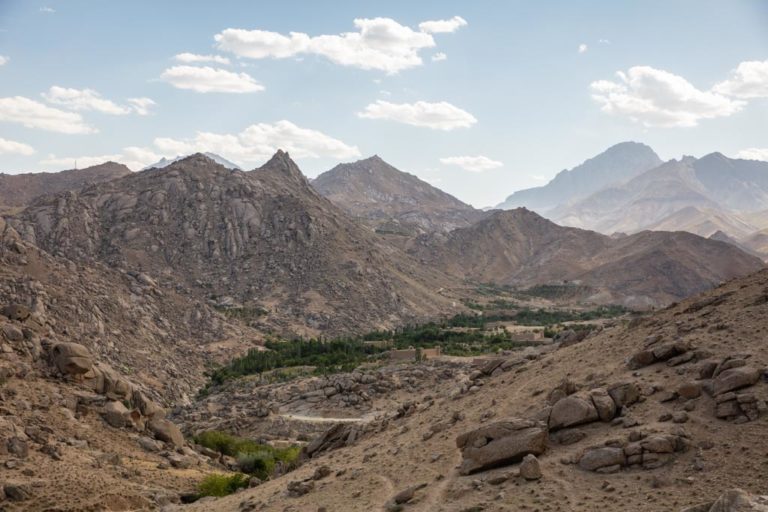
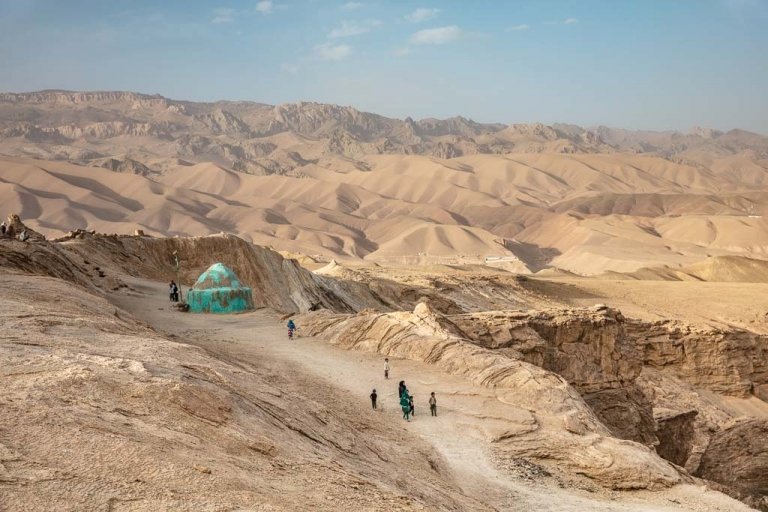
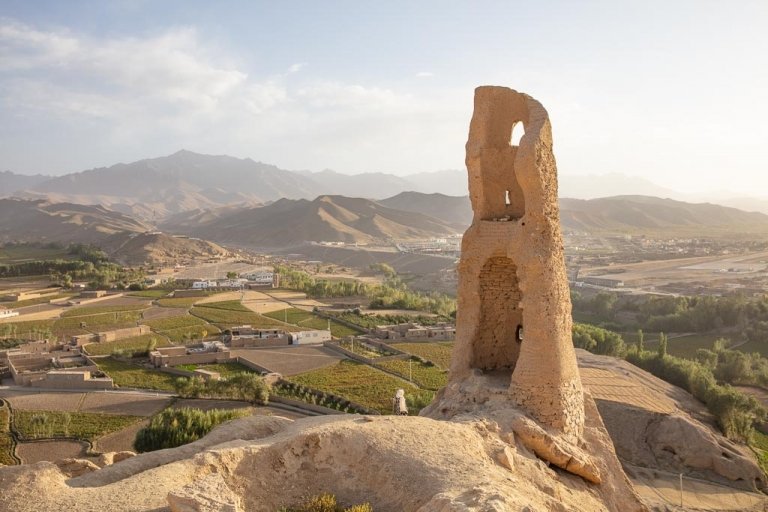
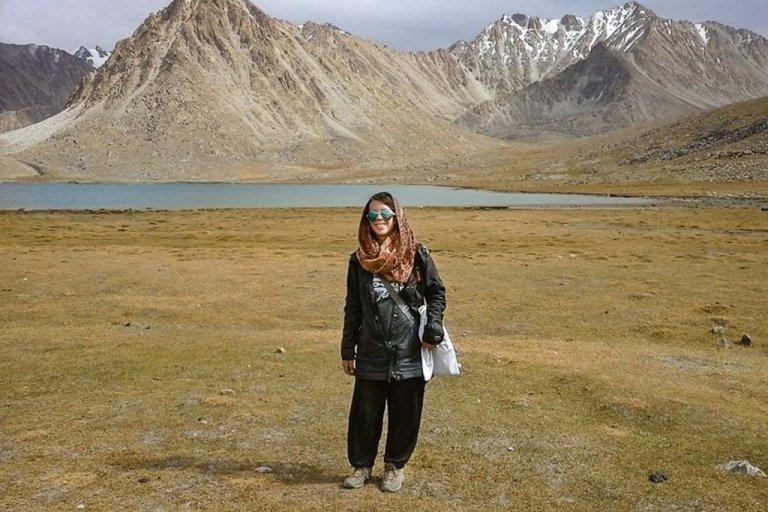
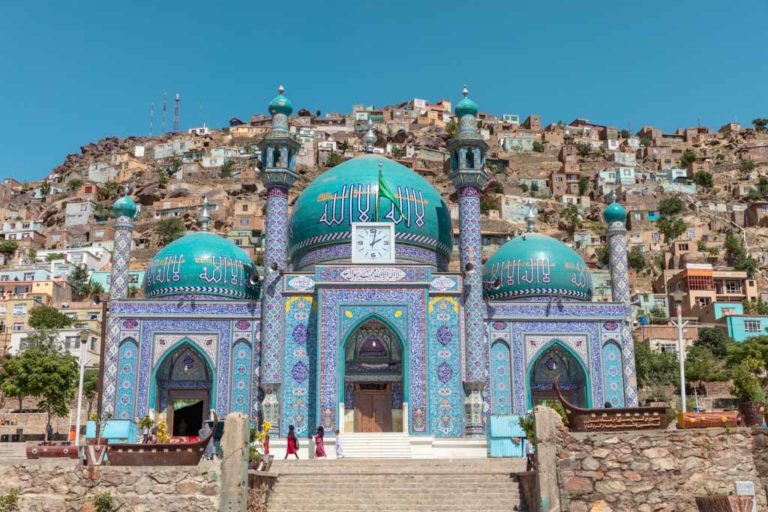
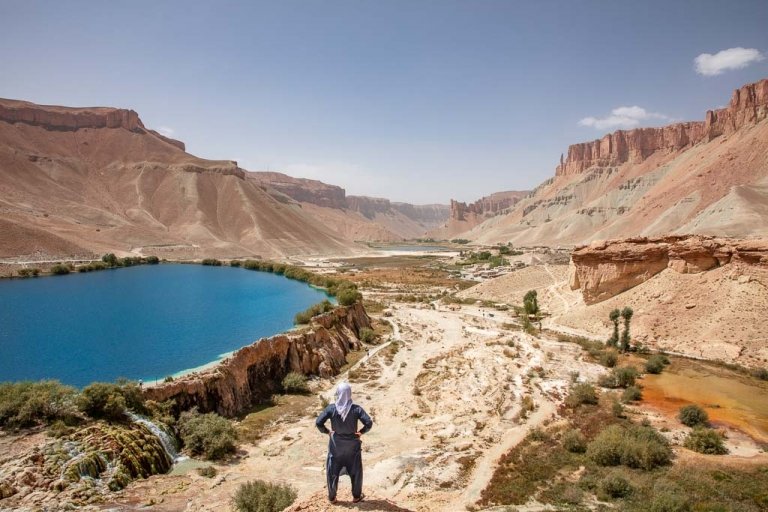
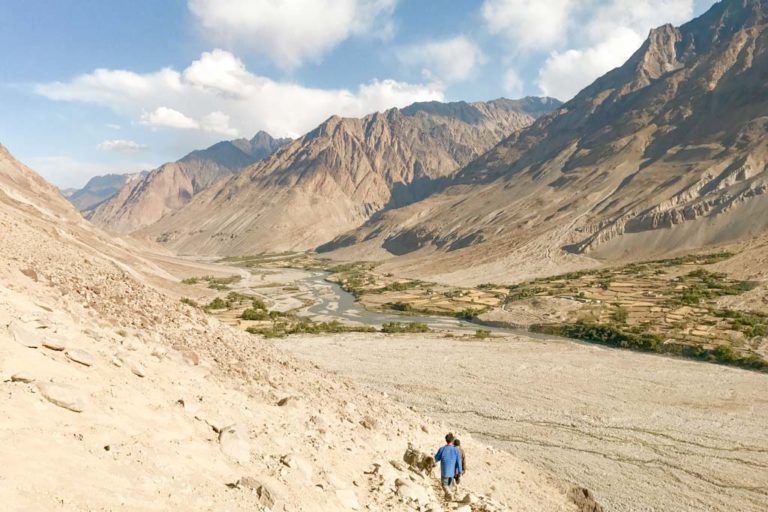
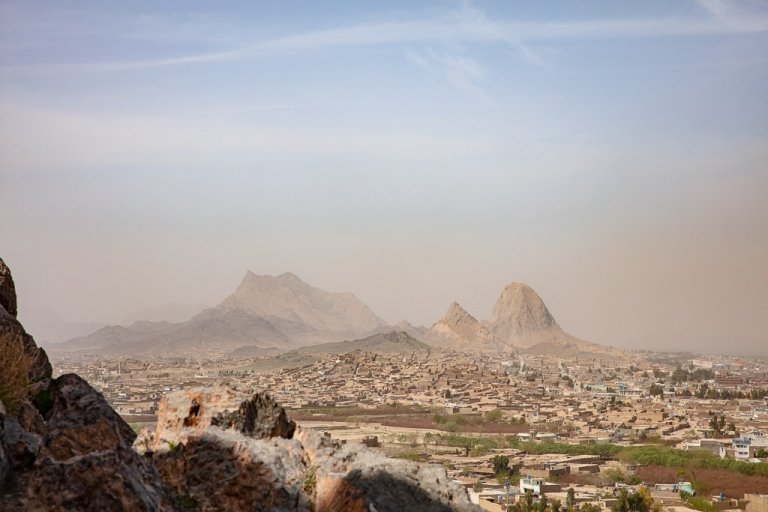
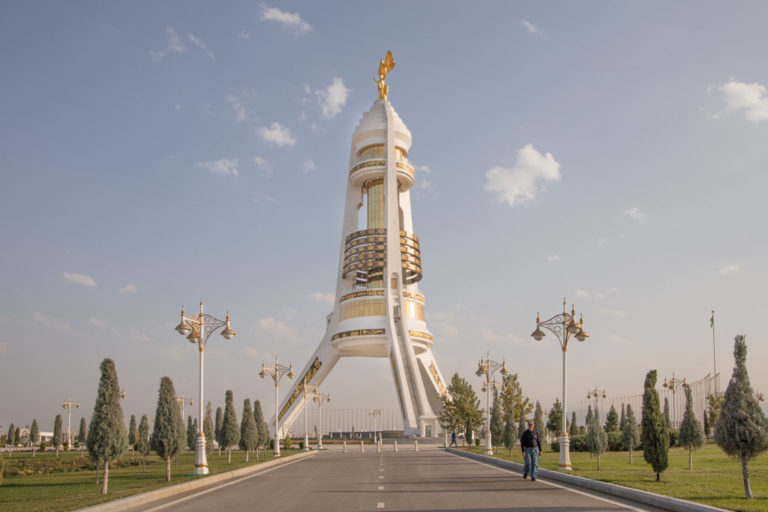
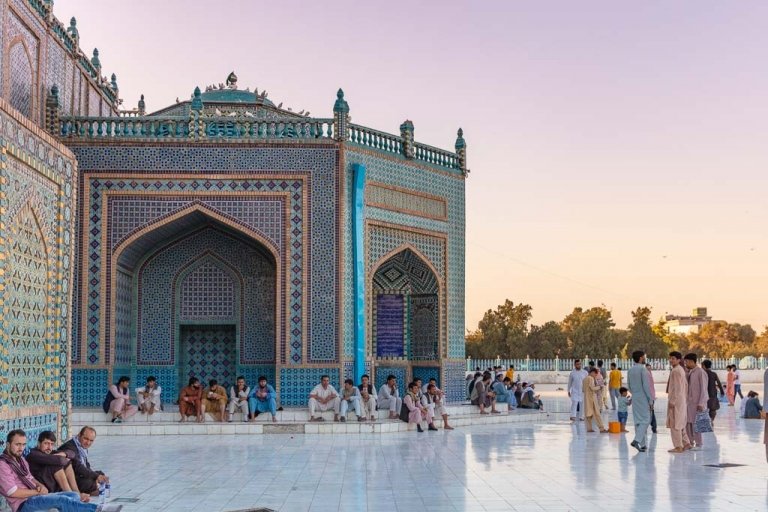
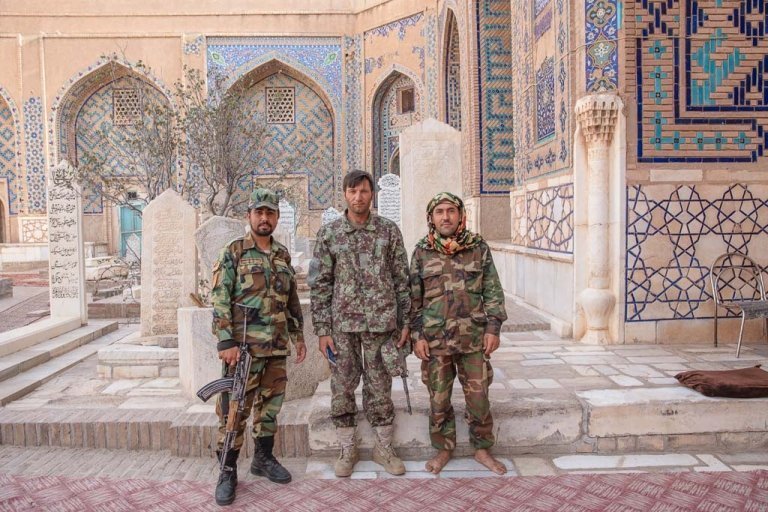
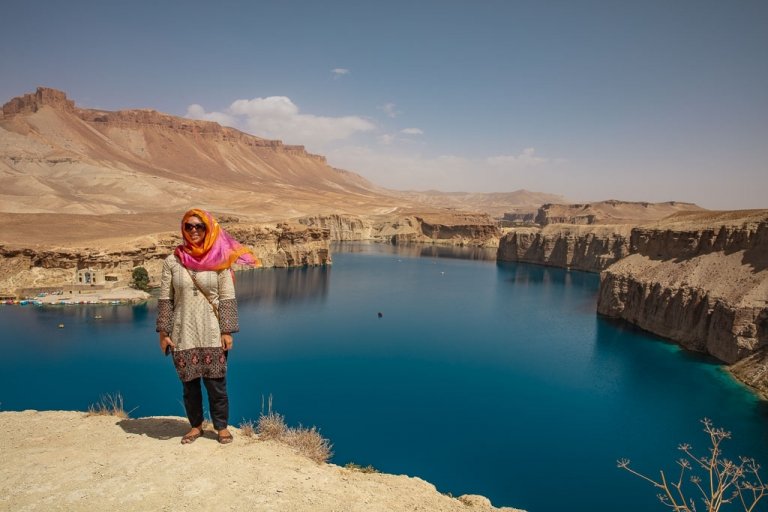
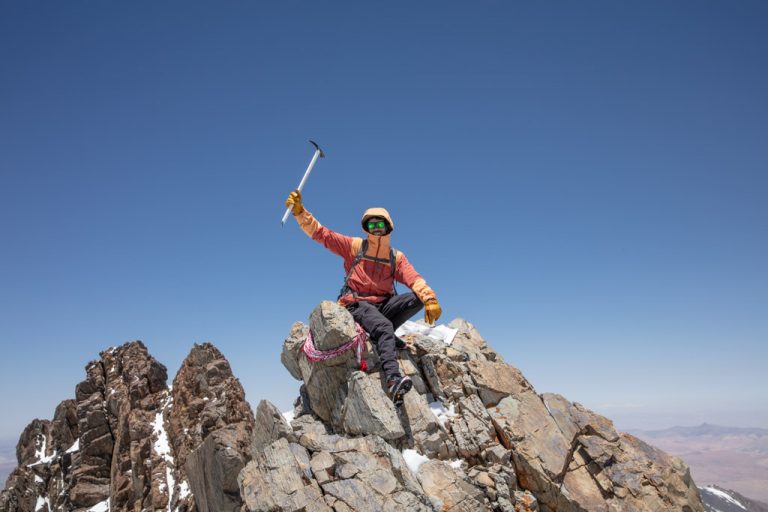
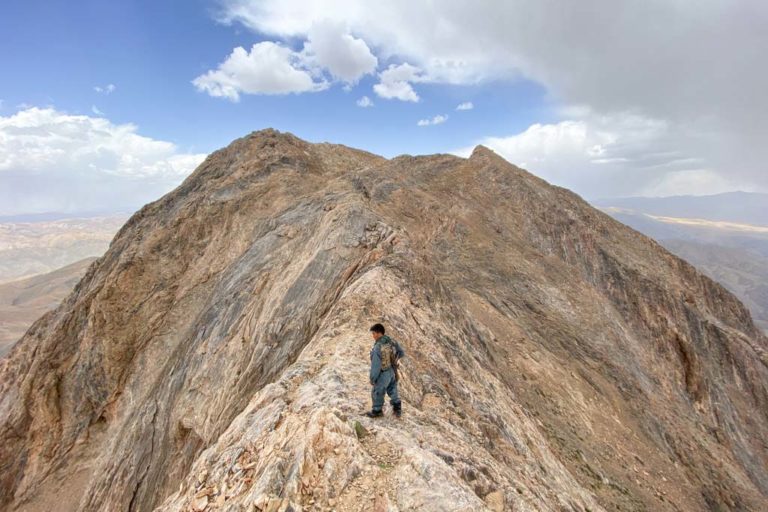
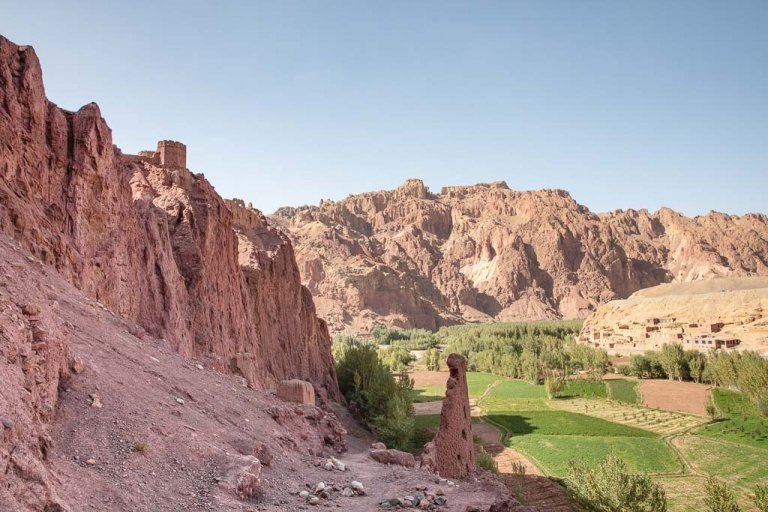

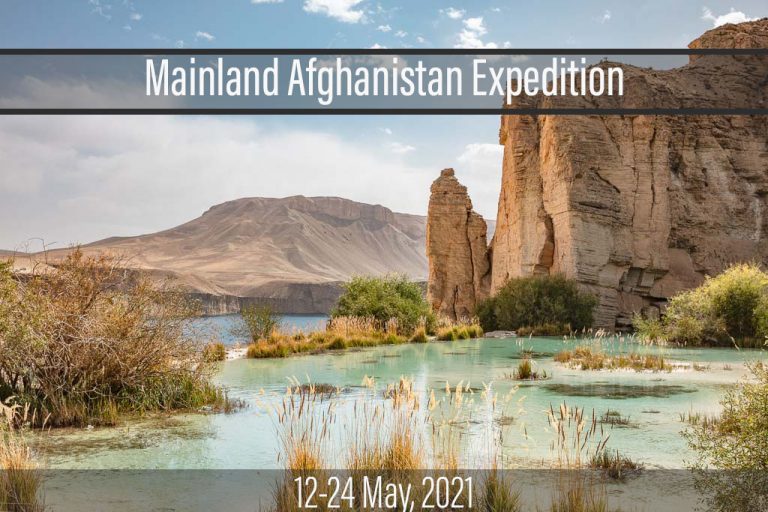
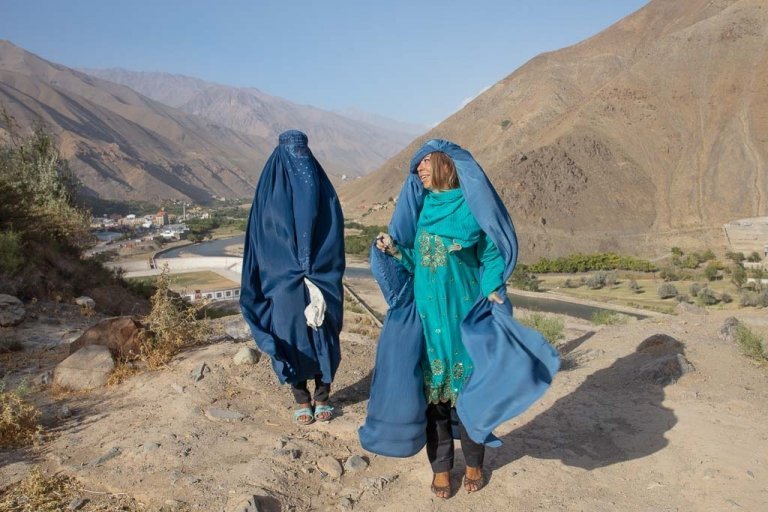
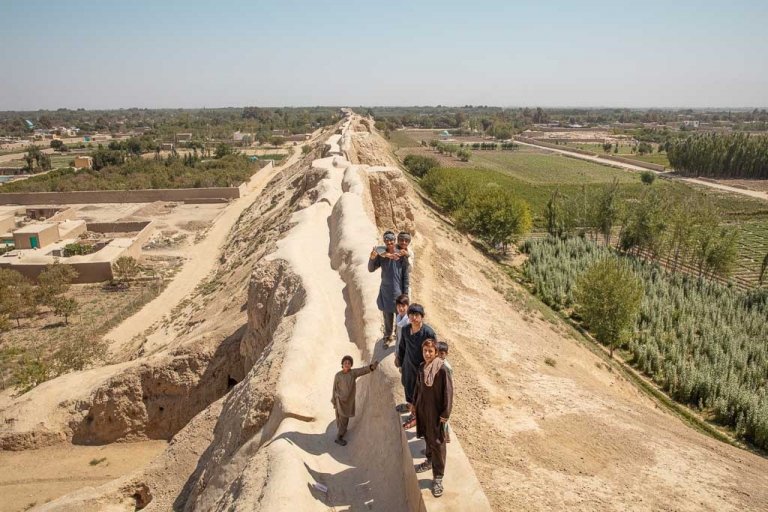
Please tell me where to get the panjshir Valley emeralds .
Is there ap lace or a jeweller in Bazarak to contact?
Thank you for your kind help and consideration in this matter .
It looks so incredibly beautiful!
I really hope things will get better soon – there are so many places to visit and experience out there.
Thank you for sharing!
Thanks for reading! I hope we can all get out there again one day (soon)